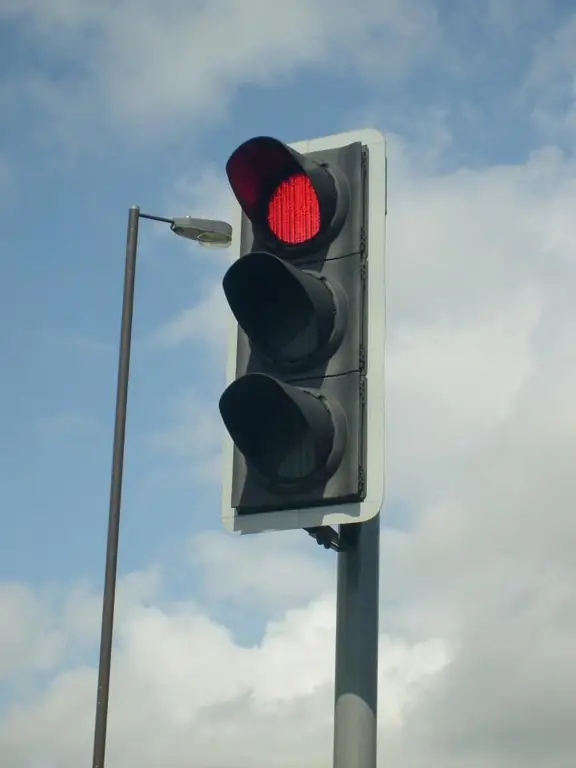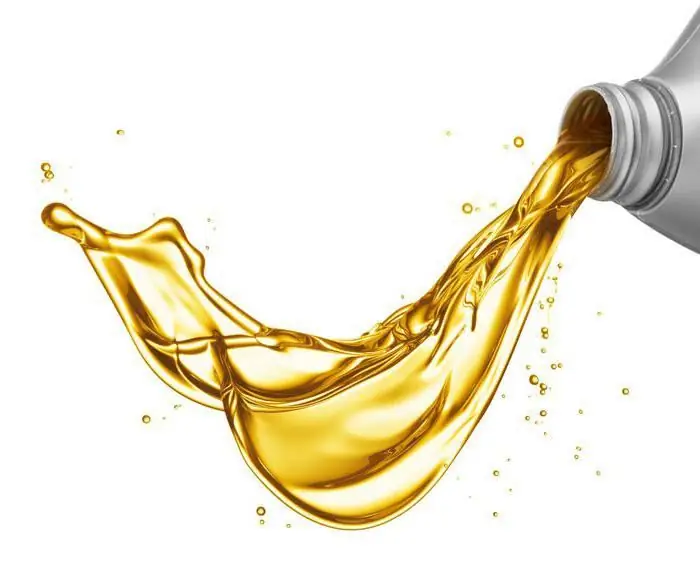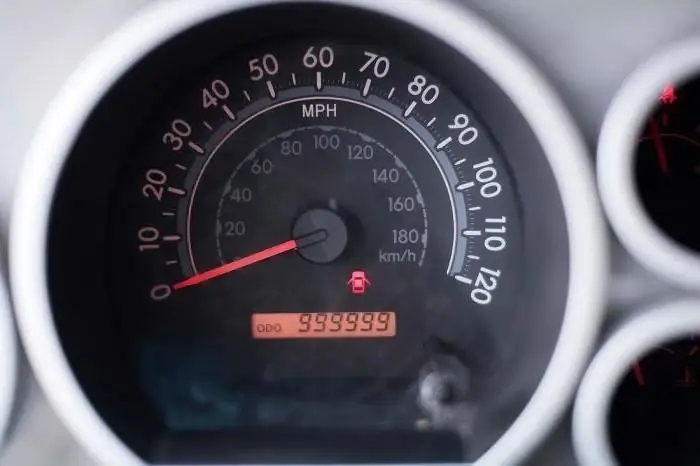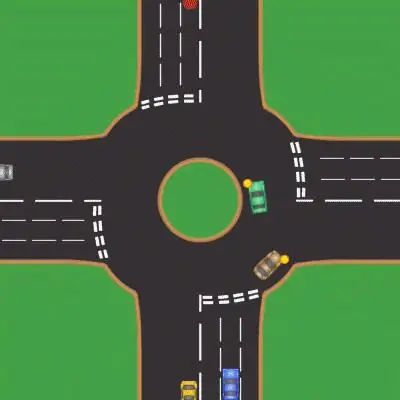2025 Author: Erin Ralphs | [email protected]. Last modified: 2025-01-22 21:14:14
"Interference on the right!" - a phrase that is on everyone's lips. But when does this rule apply? Are there any exceptions? When can someone on the right be wrong? Read about it in this article.
What is "interference on the right"?

This concept is often used in various technical literature. The rule defines the procedure for corroding cars, motorcycles and other vehicles when changing lanes and passing through intersections.
This concept has been known for a very long time. Even in the edition of the SDA of 1971, it was said that the driver who has no interference on the right has the preferential right to move when vehicles of the same group pass. Then the term was introduced. Historically, this is exactly the order of passing at the intersections of equivalent roads that has developed, because it is very convenient. Suppose two vehicles are approaching an intersection at the same speed. The roads are equivalent, the intersection is unregulated. If there is a right-hand arrangement of vehicles, then the first at the point of intersection of the routes of these crews will be the one that drove up on the right. This is due to the fact that he does not need toit to pass the left side of the carriageway it crosses.

Apparently, precisely because it was believed that the crew that was the first to be at the disputed point was right, a completely logical "rule of interference from the right" appeared. Accordingly, when driving on the left, the opposite law applies. However, in accordance with the Convention on Road Traffic, countries that have adopted left-hand traffic can independently choose the rule for passing equivalent intersections, guided by the rule of obstruction from the left or right.
"Interference on the right" at the intersection

This rule only applies when the roads are equivalent and the intersection is not regulated. In reality, such situations are quite rare.
The rule itself is very simple - you need to give way to anyone who approaches the intersection on your right.
If you turn right, you have no interference. You can go safely. When you need to continue straight ahead and a vehicle on your right turns left, you need to drive together. If there is no possibility for such a maneuver, you give way. If the car on your right is going left or straight ahead, you yield anyway.
In a situation where you have to turn left, and the vehicle on your right is going left or straight, you need to skip it. If the other car turns right, you both pass at the same time.
The rule must also be observed when driving in adjacent territories,gas stations, etc., where there are no corresponding signs.
"Interference on the right" when moving in a circle
Often the circle is also an unregulated intersection. If priority signs are not installed, then, moving in a circle, you need to give way to everyone who enters it. If at the entrance to the roundabout you see the sign "Give way", then you need to give way to all cars that have already entered the intersection. If the "Main Road" is in front of you, you should be let through. But the rule only applies when there are no precedence signs.
Recommended:
SDA paragraph 6: what does the flashing green traffic light mean, how to navigate the traffic light correctly

From childhood, we are familiar with traffic lights, but in detail the features of their work are studied only by drivers. They know what a flashing green traffic light means and what pitfalls are hidden behind these artificial traffic controllers. In paragraph 6 of the SDA (except for paragraphs 6.10-6.12) talks about how to navigate by traffic lights, and what types of these devices exist
How long does car paint take to dry? The right choice of enamel

One of the types of bodywork is painting car parts. Depending on the conditions in which the painting work takes place, enamel is selected. For a quality repair, you need to consider how much car paint dries, its cost and the durability of the coating it creates
Motor oil: marking, description, classification. What does the marking of motor oils mean?

The article is devoted to the classification and labeling of motor oils. SAE, API, ACEA and ILSAC systems reviewed
Engine-"millionaire" - what does it mean? What cars is it on?

At least once, every motorist has heard such a term as a “millionaire” engine. Pretty sonorous name, of course, has a sensible definition. What is it, and on what cars is it more common? These and other questions will be discussed in this article
What does the Skoda badge mean? History of the logo

What does the Skoda badge mean? The logo of a well-known Czech car manufacturer evokes various associations. Some see a bird spreading its wings against the backdrop of the globe, others a flying arrow, others … Let's not guess! Let's go on a journey through time! We will learn a lot of interesting things from the past and present of the enterprise, the formation of which began almost 150 years ago

